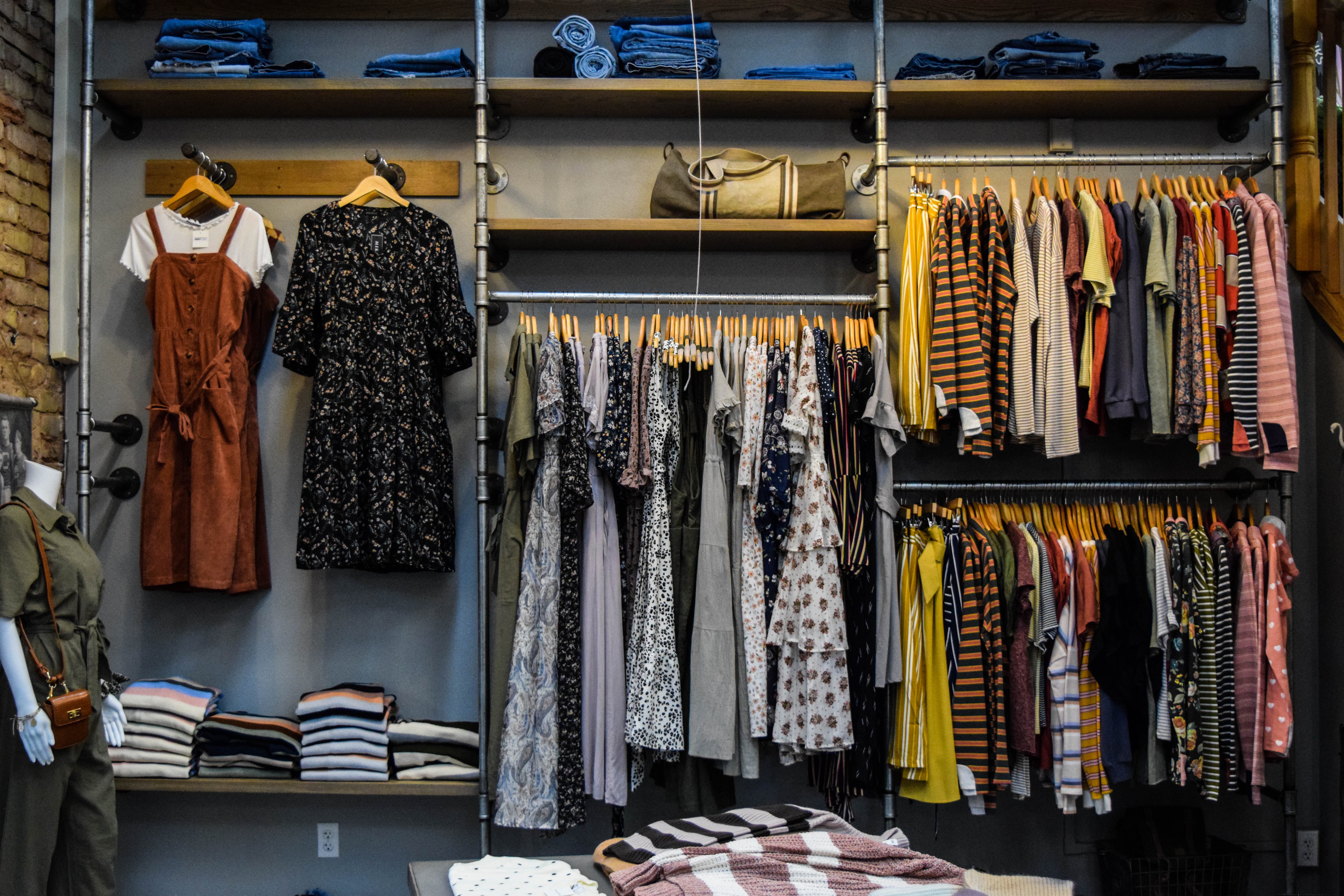How to get your product into stores
Read this article to learn how to get your wholesale products into the retail stores of your dreams.

There are Cinderella stories out there of brands cold calling retail stores where they dream to see their products, landing the account, and living happily ever after.
Of course, these are rare cases for how to get your products into stores.
In an effort to compile a few best practices for brands to approach retailers, we reached out to a lot of retail store buyers. How many? We lost count; let’s just say a lot. And the results are telling.
Of the many retailers we spoke with, we learned of one Cinderella story. We won’t tell you the name of the company, but we will tell you it’s a small women’s shoe brand. This brand knew where the retailer most wanted to be and made some calls. They found out the shoe buyer’s size and sent her a complimentary pair of shoes. She wore them, received tons of compliments, and boom they landed the account. This story resulted in one rare case of how to get your product into stores.
You are trying to find the answer to why this retailer will care about your product.
Okay, back to reality: Cinderella stories are called that for a reason: they’re the stuff of fairytales. The real-world formula requires brains, technology, and grit.
If you want to learn how to get your products into stores follow these tips for a solid long-term approach to landing, not just one dream account, but everywhere you want and need to be.
1. Do your research
Ideally, you’ll be using a robust digital wholesale platform that has a marketplace feature allowing you to discover retailers by location, category, and brands sold by each retailer. Use this information along with other research such as looking at social media feeds and reviews to ensure your brand fits their demographic and what their consumers demand.
You are trying to find the answer to why this retailer will care about your product. What value will your product offer this retailer and why should they care.
This vital information will provide you with the ammo you need to structure a clear and compelling pitch. A compelling pitch to a retailer will help get your product into their stores.
2. Find the buyer
If you can’t find information for your compelling pitch via a marketplace like NuORDER, we found that finding this information is best done with a direct phone call to the store.
When to make this call? The majority of retailers we spoke with said the best time to call is in the morning before they get too busy.
What to ask? The primary information you want is the name and email of your buyer plus the best times to contact her.
Have your research summarized in case you are directed to the buyer immediately. Although rare with larger stores, this is not so uncommon for specialty stores.
Email as a first contact? We found that the majority of buyers prefer receiving emails as the first step. Going digital is best so you can customize the message clearly, as retailers by and large report being annoyed when receiving paper catalogs with generic pitches in the mail. Sending an intentional email that is well thought out is one step for how to get your product into stores.
As one retailer said, “I prefer a genuine email with a linesheet.”
"I prefer a genuine email with a linesheet."
—A Retailer
3. Personalize
Get your product into retail stores by using email: You can then use your digital platform to create and send a custom linesheet/catalog matching your products to their demographic.
Less is more. Instead of sending a 60-page line sheet, send a targeted presentation that shows you have researched and understand why the store will be interested.
“I find it rude when I get a message that’s just a catalog without a greeting and isn’t personalized in any way.”
— A Brand
Be sure to include a personalized message that describes the reason you feel your product is relevant, as well as the value it will bring to the store.
4. Follow up
Use your wholesale platform to alert you when a buyer has opened and viewed your line sheet.
Follow up quickly after viewing to maximize your chance of connecting with the buyer. Start with a clear explanation about why you think your product is relevant and would sell well at their store. Ask questions about their thoughts and what they liked in the line sheet; what they want to see more of; and what products and styles are trending well at their store.
5. Grit
Rejection is part of the process. It generally takes between one and five calls to catch someone who is willing to give you the information you need. Don’t be afraid to reach out to your buyer in other ways too. Use LinkedIn and other social media outlets to start building a relationship. Patience and grit are helpful for how to get your product into stores.
Remember that the real glass slipper takes brains, technology, and grit.
Put yourself in their shoes and be thoughtful in your follow-ups to ensure the buyer knows you are thinking about their business.
We do hope that every brand has its own Cinderella story (minus the turning into a pumpkin bit). But remember that the real glass slipper takes brains, technology, and grit.
Happy selling!
To learn how NuORDER can help you get your product into stores, request a demo today.
Related articles
Get on the list
Wholesale tips and industry news you can’t miss, delivered weekly
